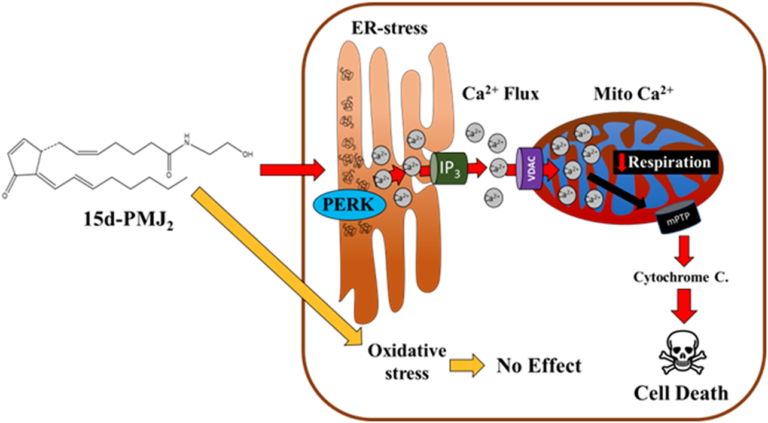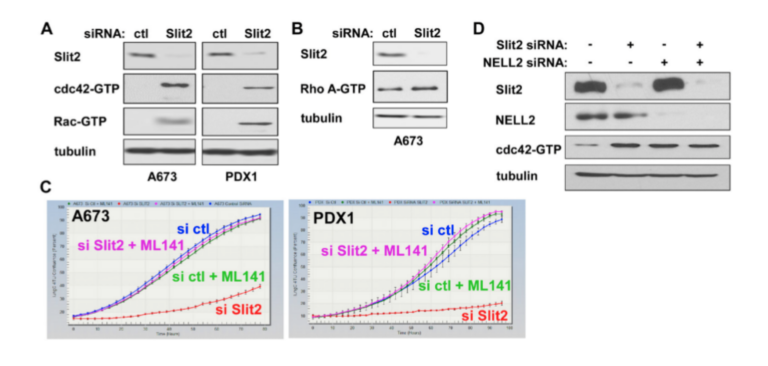“In this work, we have identified distinct patterns of circRNA expression in human ALS muscle tissue, many appearing to be disease-specific, that display expression gradients at different levels within the CNS.”
—
BUFFALO, NY- January 12, 2023 – A new research paper was published in Aging (listed as “Aging (Albany NY)” by MEDLINE/PubMed and “Aging-US” by Web of Science) Volume 14, Issue 24, entitled, “Transcriptomic analysis of human ALS skeletal muscle reveals a disease-specific pattern of dysregulated circRNAs.”
Circular RNAs are abundant, covalently closed transcripts that arise in cells through back-splicing and display distinct expression patterns across cells and developmental stages. While their functions are largely unknown, their intrinsic stability has made them valuable biomarkers in many diseases.
In this new study, researchers Dimitrios Tsitsipatis, Krystyna Mazan-Mamczarz, Ying Si, Allison B. Herman, Jen-Hao Yang, Abhishek Guha, Yulan Piao, Jinshui Fan, Jennifer L. Martindale, Rachel Munk, Xiaoling Yang, Supriyo De, Brijesh K. Singh, Ritchie Ho, Myriam Gorospez, and Peter H. King from the National Institutes of Health’s National Institute on Aging, The University of Alabama at Birmingham, Birmingham Veterans Affairs Medical Center, and Cedars-Sinai Medical Center set out to examine circRNA patterns in amyotrophic lateral sclerosis (ALS). By RNA-sequencing analysis, the researchers first identified circRNAs and linear RNAs that were differentially abundant in skeletal muscle biopsies from ALS compared to normal individuals.
“By RT-qPCR analysis, we confirmed that 8 circRNAs were significantly elevated and 10 were significantly reduced in ALS, while the linear mRNA counterparts, arising from shared precursor RNAs, generally did not change.”
Several of these circRNAs were also differentially abundant in motor neurons derived from human induced pluripotent stem cells (iPSCs) bearing ALS mutations, and across different disease stages in skeletal muscle from a mouse model of ALS (SOD1G93A). Interestingly, a subset of the circRNAs significantly elevated in ALS muscle biopsies were significantly reduced in the spinal cord samples from ALS patients and ALS (SOD1G93A) mice. In sum, the researchers identified differentially abundant circRNAs in ALS-relevant tissues (muscle and spinal cord) that could inform about neuromuscular molecular programs in ALS and guide the development of therapies.
“As our studies advance, we will investigate the function of the most promising and abundant circRNAs, among the 18 circRNAs reported here. We are especially interested in those that appeared to be specific for ALS (Figure 2), as they may help to characterize disease-associated molecular pathways that could be targeted therapeutically.”
DOI: https://doi.org/10.18632/aging.204450
Corresponding Authors: Myriam Gorospe, Dimitrios Tsitsipatis, Peter H. King
Corresponding Emails: GorospeM@grc.nia.nih.gov, dimitrios.tsitsipatis@nih.gov, phking@uabmc.edu
Keywords: amyotrophic lateral sclerosis, circular RNAs, neurodegenerative disease, human skeletal muscle, human spinal cord tissue
Sign up for free Altmetric alerts about this article: https://aging.altmetric.com/details/email_updates?id=10.18632%2Faging.204450
AGING (AGING-US) VIDEOS: YouTube | LabTube | Aging-US.com
About Aging-US:
Launched in 2009, Aging (Aging-US) publishes papers of general interest and biological significance in all fields of aging research and age-related diseases, including cancer—and now, with a special focus on COVID-19 vulnerability as an age-dependent syndrome. Topics in Aging go beyond traditional gerontology, including, but not limited to, cellular and molecular biology, human age-related diseases, pathology in model organisms, signal transduction pathways (e.g., p53, sirtuins, and PI-3K/AKT/mTOR, among others), and approaches to modulating these signaling pathways.
Please visit our website at www.Aging-US.com and connect with us:
- SoundCloud – https://soundcloud.com/Aging-Us
- Facebook – https://www.facebook.com/AgingUS/
- Twitter – https://twitter.com/AgingJrnl
- Instagram – https://www.instagram.com/agingjrnl/
- YouTube – https://www.youtube.com/agingus
- LinkedIn – https://www.linkedin.com/company/aging/
- Reddit – https://www.reddit.com/user/AgingUS
- Pinterest – https://www.pinterest.com/AgingUS/
For media inquiries, please contact media@impactjournals.com.

